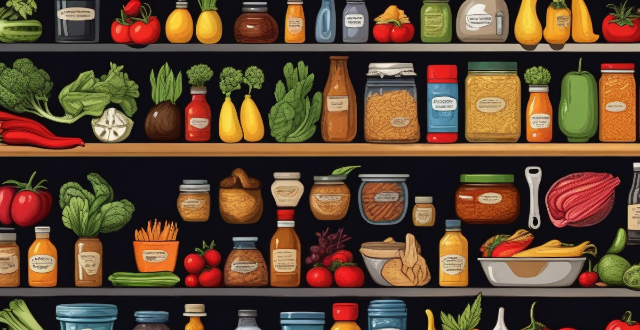Food safety is a major concern for consumers, and there are several types of contaminants that can make food unsafe to eat. Bacterial contamination is the most common type, with Escherichia coli (E. coli), Listeria monocytogenes, Salmonella, Staphylococcus aureus, and Campylobacter jejuni being some of the most common bacteria that can cause foodborne illness. Viral contamination is also a concern, with norovirus, rotavirus, hepatitis A virus (HAV), and enteroviruses being some of the most common viruses that can cause foodborne illness. Parasitic contamination is less common but still a concern, with Giardia lamblia and Cryptosporidium parvum being two of the most common parasites that can cause foodborne illness. Chemical contamination is also a concern, with heavy metals, pesticides and herbicides, dioxins and PCBs being some of the most common chemicals that can contaminate food. Finally, there have been several outbreaks of foodborne illness in recent years, including outbreaks of E. coli O157:H7 in spinach in the United States in the late 1980s and early '90s, outbreaks of Listeria in deli meats in Canada in the late '90s and early '00s, and outbreaks of norovirus in cruise ships in recent years.

1. Bacterial contamination:
- Escherichia coli (E. coli)
- Listeria monocytogenes
- Salmonella
- Staphylococcus aureus
- Campylobacter jejuni
2. Viral contamination:
- Norovirus
- Rotavirus
- Hepatitis A virus (HAV)
- Enteroviruses
3. Parasitic contamination:
- Giardia lamblia
- Cryptosporidium parvum
4. Chemical contamination:
- Heavy metals (e.g., mercury, lead)
- Pesticides and herbicides
- Dioxins and PCBs
5. Foodborne illness outbreaks:
- Outbreaks of E. coli O157:H7 in spinach in the United States in the late 1980s and early '90s
- Outbreaks of Listeria in deli meats in Canada in the late '90s and early '00s
- Outbreaks of norovirus in cruise ships in recent years